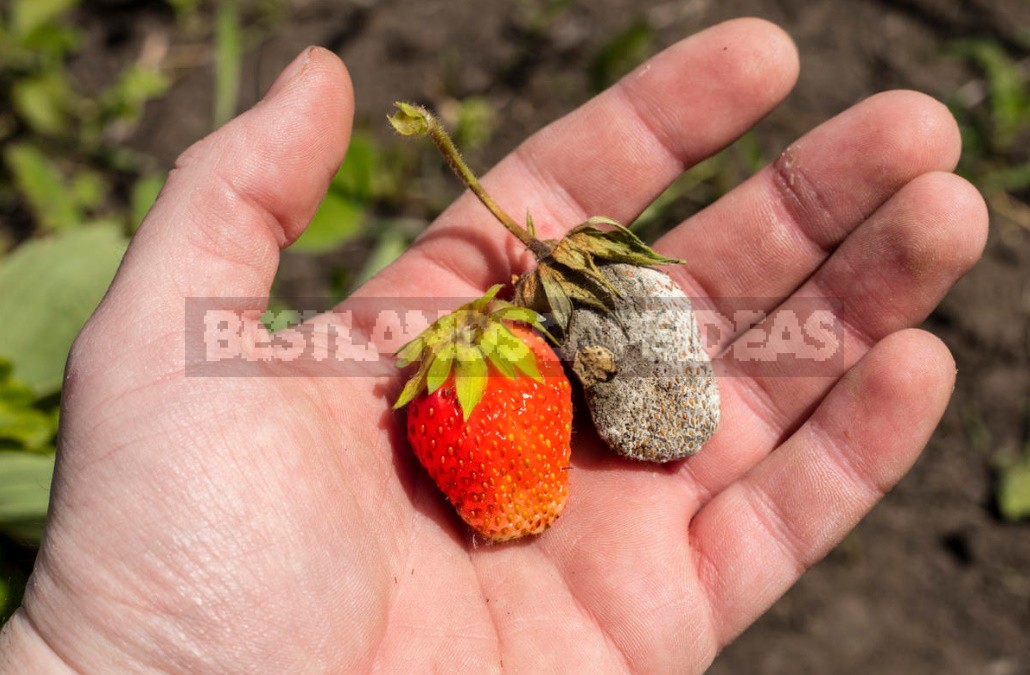
There are many pathogens of cultivated plants, the cycle of development of which is somehow connected with the soil. It is difficult to list all of them in one article — we will name only those that cause the most common diseases for the gardener and gardener, and we will also tell you how to protect your plantings.
In cucumber, the cause of most root rot and root zone are phytopathogenic fungi of the genera Rhizoctonia, Fusarium, Phytophtora, Pythium, and rarely Alternaria. The latter often affects carrots, cabbage and potatoes (different types of mushroom). Also, Rhizoctonia, Fusarium, Pythium and a number of other pathogens cause a disease called beetroot root. They persist in the soil for 5-10 years.
The black leg of cabbage is caused by Rhizoctonia, Pythium together with Olpidium. This disease in adverse years can carry away most of the seedlings.
Late blight of potatoes and tomatoes persists as oospores of the fungus Phytophtora in the soil. Tracheomycotic (vascular) wilts of cucumber, potatoes, eggplant, pepper, tomato are caused by fungi of the genus Fusarium and Verticillium. In all these cases, the main source of infection is the soil, sometimes-seeds and plant residues (which again fall into the soil).
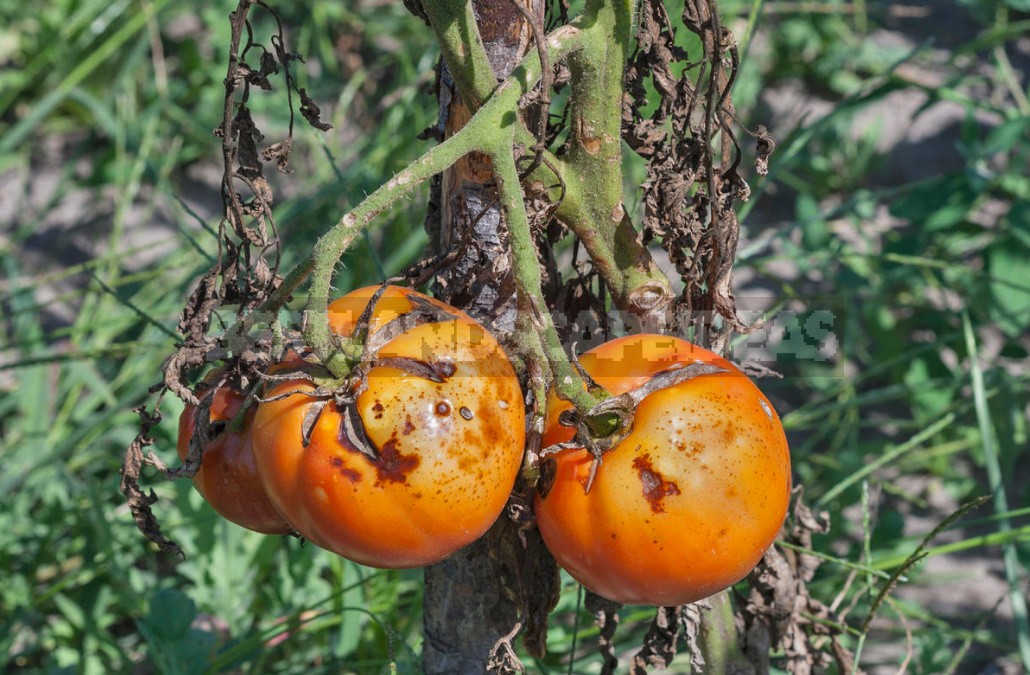
Gray rot Botrytis cinerea affects a huge number of plants. Vegetable, berry, and flower crops are equally affected by it. The fungus overwinters in the soil in the form of sclerotia (a form of preserving pathogens in unfavorable conditions for these fungi). The white rot of Sclerotinia sclerotiorum — the most serious enemy of sunflowers, grapes, cucumbers, carrots, cabbage, eggplant, and tomatoes-is also preserved there. Its relative Sclerotinia cepivorum causes white rot of onion bottom. Rhizoctonia crocorum, causes felt the rot of carrot. Again, dormant forms of infection persist mainly in the soil.
Why do diseases take over?
Unfortunately, we can’t work with soil using conventional methods. Chemicals cannot penetrate the soil layer and get rid of the infection in a dormant form. Moreover, they cannot create conditions for preventing plant infections.
After all, quite often there is a situation that mycological analysis shows the presence of quite a large number of pathogens of fungal diseases in the soil, and the plants do not get sick. Why? It’s either the merit plants (resistant varieties, balanced diet and correct medical treatment immunomodulatory drugs made him immune to pathogens), or in the soil, in addition to harmful microorganisms, there is a useful microflora, stable balance of soil biota, and this is sufficient to maintain plant health.
But we, the gardeners, themselves contribute their “two cents”. We grow one crop in one place for years, or we return it to its former place too quickly, without observing the time interval. Do not remove plant residues. We actively exchange pathogens of fungal and bacterial diseases with the help of seeds and planting material, including bringing them from abroad.
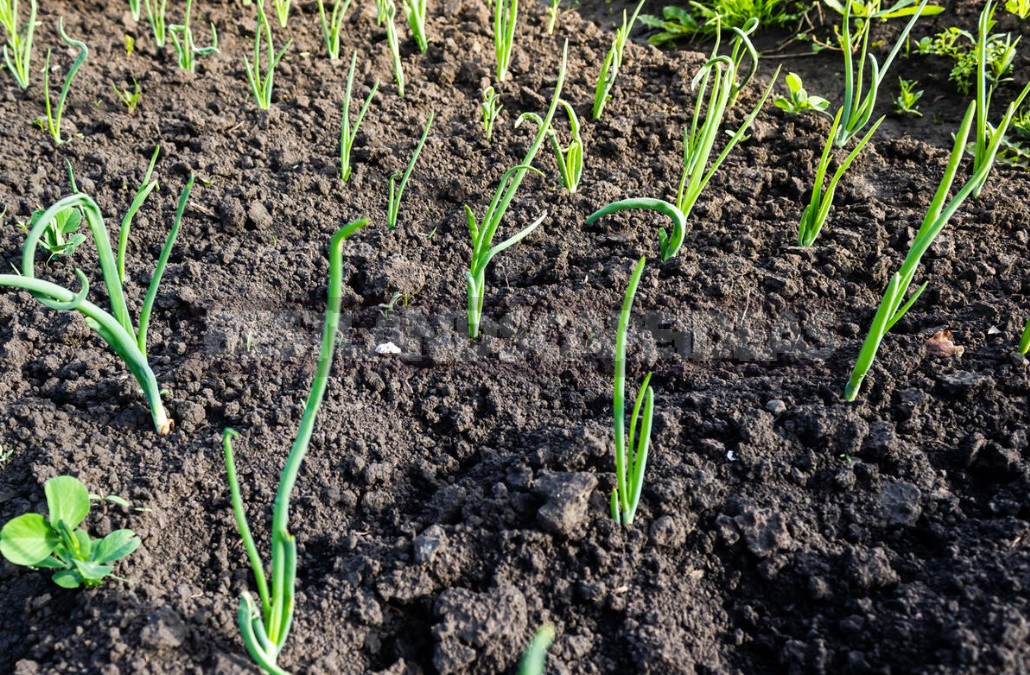
Sometimes increased doses of fertilizers with a predominance of one nutrient element (more often nitrogen is abused) also play a negative role, changing the acidity of the soil environment and actively “feeding” pathogenic microflora. In this situation, the balance is broken in favor of more aggressive representatives, who often turn out to be pathogens of various diseases.
The plant under the influence of an anthropogenic factor (that is, again due to human intervention) or due to natural conditions can be weakened, and then the pathological process starts. Infection occurs, the disease develops, there is already visible symptoms, it can be joined by another disease (the so-called secondary infection). The plant suffers, vital processes are disrupted, and the yield is reduced. In advanced cases, it dies.
How to disinfect the soil?
How to improve the soil, knowing in advance that garden chemistry does not help us? In this case, microbiological preparations created specifically to help the soil find its suppressiveness — the ability to independently control the number of harmful microorganisms, suppressing their activity can help.
Living components of microbiological preparations, on the one hand, exhibit antagonistic properties in relation to pathogens (that is, they suppress them). On the other hand, they attract their native counterparts who were in the soil, but were displaced by these pathogens from the root zone of plants.
As “work” beneficial micro-organisms
There are a large number of useful bacteria and fungi that are used in biologics-soil health-improving agents. Today we will focus on the most striking representatives of this group — fungi of the genus Trichoderma.
Mechanism of action
Methods of fighting other microorganisms in these fungi are extremely diverse. One of the most interesting antagonistic properties is hyperparasitism. This happens in the following way. First, Trichoderma secretes exoenzymes from its cells, under the influence of which the host fungus cells secrete their metabolites (substances formed in the course of life). By targeting these metabolites, Trichoderma begins to grow towards the hyphae (filaments of the fungus) of the host fungus. Scientists call this a well-defined chemotaxis. This is how the initial interaction and recognition of the host occurs.
Then the physical and molecular interaction begins. At this stage, Trichoderma secretes a complex of enzymes, antibiotics, and antifungal substances. Then it weaves the hyphae of the host mushroom, forms certain structures and uses them to perforate (hole) the cell wall. At the same time, some strains are able to attack the host with antibiotics and other biologically active substances even before physical contact, and then saprotrophically populate already dead cells. Other strains, in order to activate the enzymes that destroy the cell walls of the “enemy”, need physical contact of their hyphae with the host mycelium.
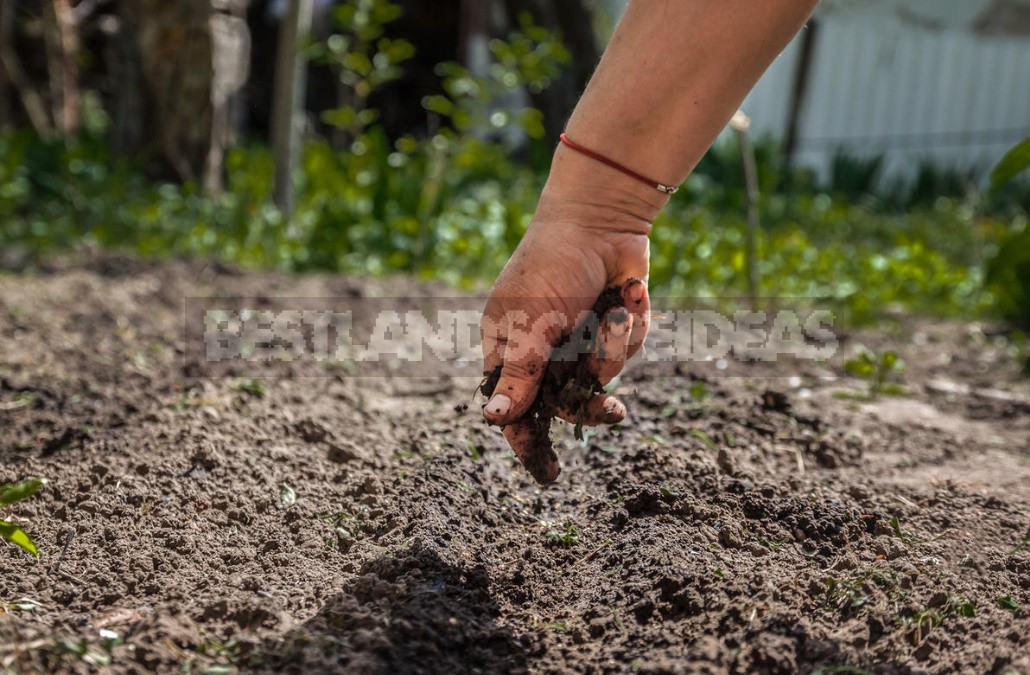
Finally, there is a complete colonization (settlement) of the host. Trichoderma penetrates into it and the mycelium is actively growing within cells. If the cells have not previously died from the effects of antibiotics, they die in this process.
Some strains are not mycoparasites, but they secrete antibiotics that suppress pathogenic microflora. Sometimes Trichoderma simply acts as a competitor for a nutrient substrate.
Other useful property
Mushrooms of this numerous genus improve the structure and fertility of the soil. Some of them have a positive effect on plants-they cause system-induced resistance. After contact with such strains, plants are not afraid of attacks by pathogenic microflora. Some of them stimulate the growth of plants. Different strains are resistant to low temperatures in different ways. In many countries, the most cold-resistant ones are selected, which are used to protect vegetables and fruits from rot during storage.
Trichoderma in biological products
For microbiological preparations, strains are selected, mainly aimed at suppressing fungi that cause plant diseases, the development of which is associated with the soil. As a rule, these are pathogens of root rot and wilting diseases, the already mentioned fungi of the genus Fusarium, Pythium and others. However, there is evidence of successful use against an air-borne infection. For example, on the basis of mycelium Trichoderma harzianum, a paste is prepared for smearing cucumber stalks affected by ascochytosis.
Trichoderma is included in the composition of drugs for various functional purposes. This can be seed protectants, soil fungicides. Some strains produce cellulose-destroying enzymes, which allows them to be used as destructors of plant residues.
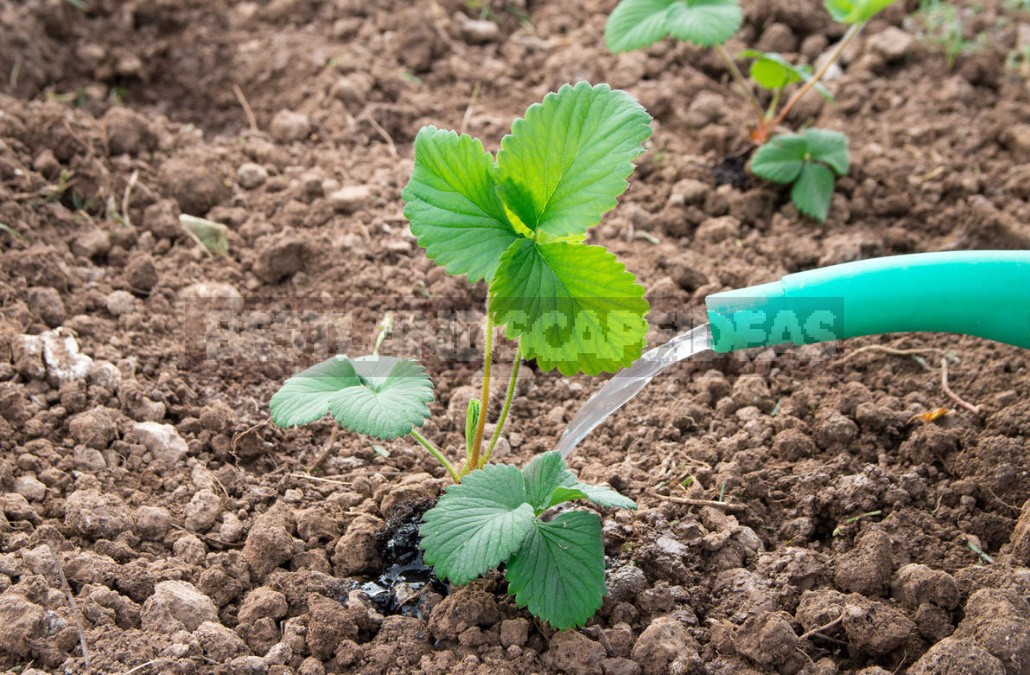
In General, different species are used in biological plant protection, most often it is Trichoderma harzianum, Trichoderma viride (lignorum), Trichoderma koningii. The Trichoderma species themselves are much larger, their potential has not been fully discovered, despite a lot of scientific research.
Conclusions
The longer a person grows plants, the more it becomes clear to him how important it is to work with the soil to protect plants and increase its fertility. Crop rotation, methods of tillage chosen according to specific conditions and requirements of the crop, seeding of siderates (“green fertilizer”), balanced macro – and microelements nutrition of plants — an integral part of this work. The introduction of useful microorganisms is one of the first steps towards improving the soil.

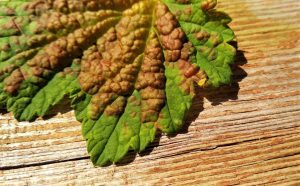


Leave a Reply